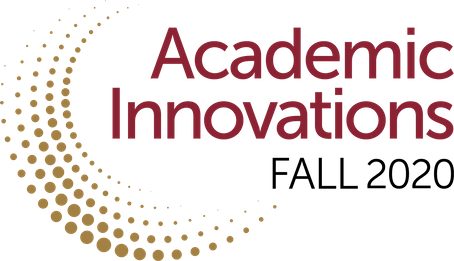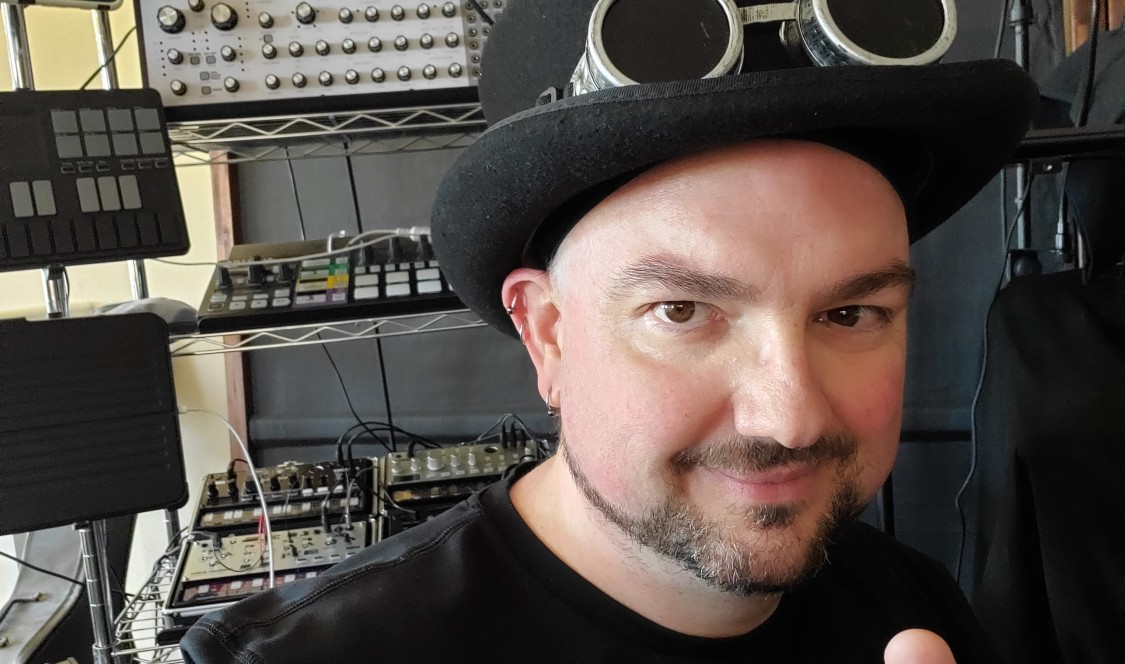Across the CMC curriculum, members of our faculty are meeting the challenge of these unprecedented and historic times, delivering exceptional coursework in a fully online modality for the fall semester. In our Academic Innovations series of faculty Q&As, professors share their curricular highlights, best practices, and how students are helping to shape virtual learning for a memorable, collaborative academic experience.
Sam Nelson, professor of mathematics and a Faculty Scholarship Award winner, is teaching “Multivariable Calculus” this fall.

What do you think students will enjoy most about your fall course? What will they gain the greatest benefits from virtually?
Multivariable Calculus (Math 32) is always a fun class to teach—for me personally, it was where math started to get interesting. It's the first time students get to think about how things work, not just in the 2-D plane, but in 3, 4, and even arbitrary numbers of dimensions. I'm often asked questions like "Are there really four dimensions?" or "Is time the fourth dimension?" A dimension is just a variable, and there are absolutely real functions—for example the stock market—that depend on hundreds or thousands of variables. In this course, we learn how to understand functions of many variables as they interact and change over time.
We understand you plan to replace traditional exams with essays, in which students select and write their own explanations and examples of key course concepts. How did you come up with this and how will it work?
This past spring, I tried giving my second midterm and final exams in this format. It's a bit like an oral exam in written form—somewhere in between "write and solve your own exam problems" and "write a short expository paper on these topics." An exam is intended to measure how well a student understands a topic, so I figured why don't I just ask students to explain the topic? This way, students can show how they are thinking about a concept and what example they think illustrates the idea best. This format really makes the point that mathematics is not about computation and calculation, but about patterns and concepts. It gives students a chance to show some creativity, which is vital in real mathematics but too often absent in lower-level math classes. The exams last semester were harder to grade—each problem was unique, after all—but more enjoyable and rewarding at the same time, certainly for me and I think for the students as well. I like this essay-exam format well enough that I may not go back to regular in-class exams once we have returned to the classroom.
What are some specific adjustments or additions you are making to your fall classes?
I am using a form of "flipped classroom" for my courses this fall—students will read detailed lectures in the form of slides and then join me on Zoom for discussion during the normal lecture time. This asynchronous model means the students can go through the lectures on their own schedule, in whatever time zone they may be in, and have the flexibility to ask questions during the appointed class time or in individual Zoom appointments. The replacement of in-class exams with essay-exams means more time for covering topics and discussion, as well as less stress from test anxiety.
What kinds of learning opportunities are you seeing as a result of this crisis?
I have an insane number of active research projects with collaborators all over the world, including several projects with 5C students. This summer I have active research collaborations with two HMC students, one Scripps student, and one CMC student, all of whom took classes with me recently. In each case, we aim to publish a paper in a professional journal. Of my approximately 80 publications so far, about half have undergrad student co-authors. The current impossibility of travel to visit my collaborators in Europe, Japan, and South Korea has meant more time spent in Zoom and Skype meetings, exploring various platforms for virtual collaboration. The methods I have developed through this experience have informed my methods for online teaching, as well as collaborative research with students.
We understand you are a DJ and compose electronic music? Have you been composing over the summer? How did you get into this? Any way you are going to connect this to your course?
I started DJing as a grad student at Louisiana State University back in the goth-industrial music scene in Baton Rouge and New Orleans in the late 1990s. As DJ Absinthe Minded, I spun at legendary venues such as the Shim-Sham (now One Eyed Jack's, just off Bourbon Street), the State Palace Theatre, and The Crystal. After coming to SoCal in 2003, I DJed to full dance floors at clubs throughout the area, including Clubs Empire, Skandal and Discord in Riverside, Necropolis in Orange County, and 7969 in Hollywood.
In recent years I've not had as much time for DJing, and a while ago I had some ideas about ways to make music using the mathematics of Knot Theory, my research field. My music is electronic, with a strong dance beat featuring basslines and melodies sequenced from algebraic invariants of knots, as well as other knot theory-based musical ideas of mine, e.g., Yang-Baxter chord progressions and link/braid arpeggiation. I call it Experimental Knot Music by analogy with the Experimental Noise Music of bands like Einsturzende Neubauten and Throbbing Gristle. In January, I decided to start releasing my music as independent artist Modulo Torsion on Bandcamp, where I have two albums (Experimental Knot Music vol.s 1 and 2) and two EPs (Short Exact Symphonies No.s 1 and 2) available with free streaming. I am currently working on a new album to be released sometime this Fall—check facebook.com/ModuloTorsion for more details as the time approaches.
Click here for a full list of curricular innovations from CMC faculty in the fall.
—Gilien Silsby

